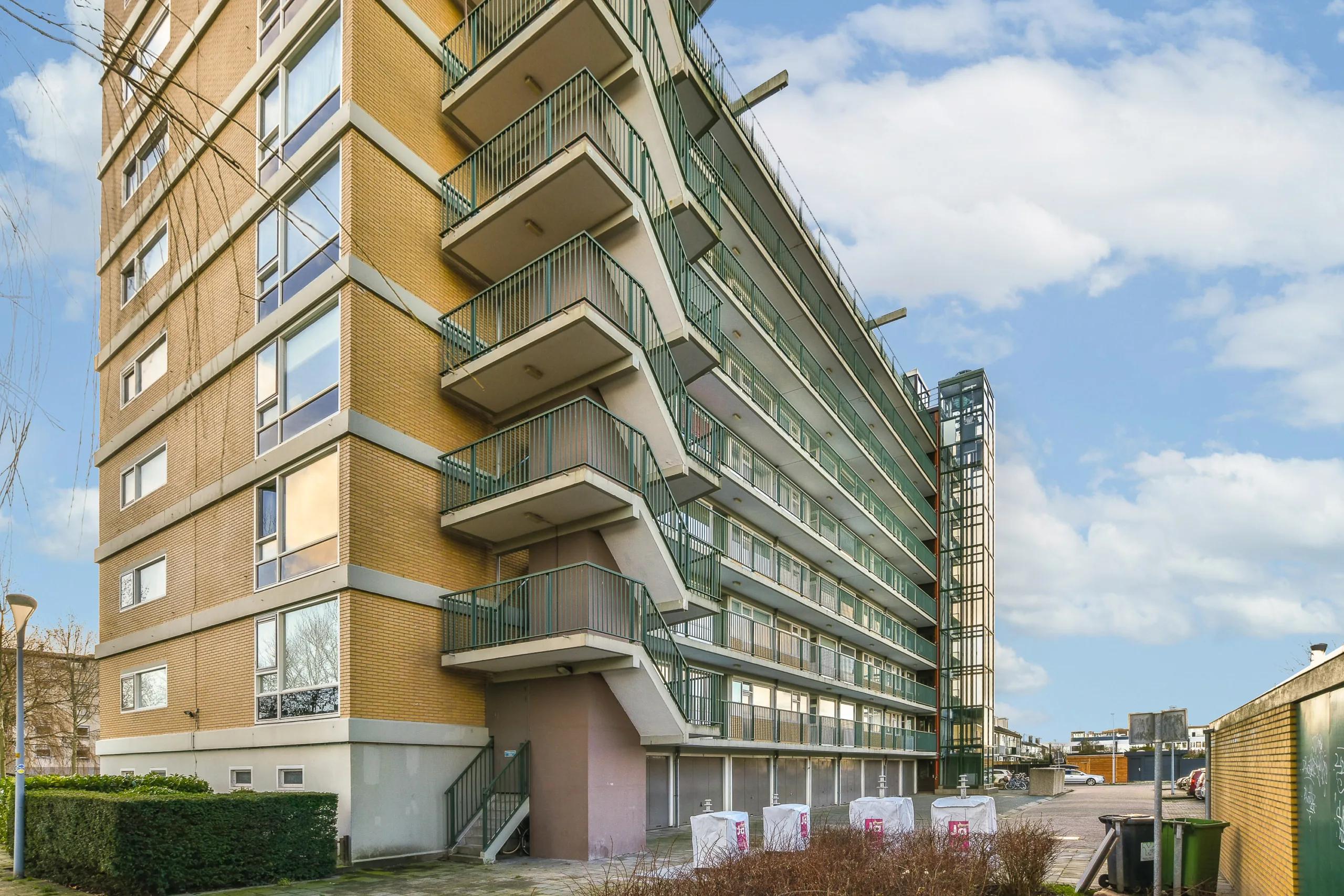- Blackstone is exiting senior housing after incurring over $600M in losses from a $1.8B portfolio.
- Many properties sold at over 70% below purchase price, as rising costs and pandemic-related challenges eroded returns.
- Floating-rate debt and operational complexity further strained cash flow, forcing distressed sales and loan servicing.
- Despite demographic tailwinds, Blackstone’s bet shows the risks of investing in labor-intensive, healthcare-adjacent real estate.
Betting Big On The Silver Tsunami
In 2017, Blackstone jumped into senior housing, betting on long-term demand from aging baby boomers. The firm spent $1.8B to acquire roughly 90 properties, including portfolios from HCP and Welltower, totaling over 9K units across the US.
But what looked like a can’t-miss demographic play turned into a money-losing gamble, reports WSJ.
Operational Headwinds
Unlike traditional real estate assets, senior housing is labor- and service-intensive, blending elements of healthcare, hospitality, and housing. The pandemic amplified these challenges, sending occupancy rates tumbling and operating costs soaring. At one facility in South Carolina, occupancy dropped from 80% to 41%, and the property was later sold for 60% less than its purchase price.
Even after pumping $100M into renovations, Blackstone’s portfolio saw increasing regulatory scrutiny. Several communities got poor health and safety ratings, including one with a one-star review after a serious medication error.
Get Smarter about what matters in CRE
Stay ahead of trends in commercial real estate with CRE Daily – the free newsletter delivering everything you need to start your day in just 5-minutes
Debt, Distress, And Deep Discounts
To finance the acquisitions, Blackstone used about $1.2B in floating-rate debt. As interest rates rose sharply, loan payments ballooned, and returns evaporated. In 2022, the firm began selling off assets in one-off transactions. A Journal analysis found 39 properties originally bought for $755M are now being offloaded for about $536M—a 29% drop. Some assets, like one in Aventura, Fla., sold at 75% below their original price.
In total, more than two dozen loans tied to the portfolio entered special servicing, indicating potential default.
A Strategic Exit—For Now
Blackstone doesn’t operate senior housing directly, relying instead on third-party operators. The firm shifted from national to regional managers, but the change didn’t prevent financial or operational underperformance. After years of trying to reposition the assets, Blackstone began to unwind the portfolio in earnest in 2022.
The firm says its senior housing losses were part of a $33.5B fund that nearly doubled investors’ capital overall. Still, the episode underscores how even a top-tier firm can struggle in niche, operations-heavy sectors like senior housing.
Looking Ahead
While industry fundamentals are slowly improving—thanks to aging demographics and rising demand—Blackstone’s exit shows the recovery came too late for this portfolio. For now, the firm has stepped back, but sources say it may revisit the sector in the future.
As one industry insider put it: “You’re buying an apartment inside of a hotel, inside of a restaurant, inside of a medical clinic.” And for Blackstone, that proved too many layers too late.

















